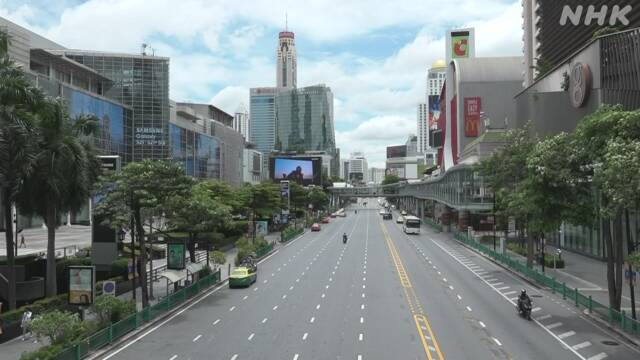The growth rate of GDP = gross domestic product from April to June, which is a major Southeast Asian country, turned to positive growth in reaction to last year when the impact of the spread of infection was large.
However, the mutant virus is rampant in the foothills, and there is a growing risk that the economic recovery will be delayed.
Indonesia, which has the largest economy in Southeast Asia, grew GDP from April to June by 7.0% compared to the same period last year.
This is the first positive growth in five quarters, and the main factors are the increase in exports and the reaction from last year, which severely restricted economic activities due to the influence of the new coronavirus.
In addition, Malaysia also recorded a positive 16.1%, the first positive growth in five quarters, the Philippines, a positive 11.8%, and Thailand, a positive 7.5%, both of which were positive growth for the first time in six quarters.
However, in Ashimoto, the spread of mutated virus and Delta strains in many countries has caused the infection to spread again, and economic activities have been restricted. In addition, the spread of vaccines has not progressed sufficiently, which has become a major issue. I am.
In Indonesia, Thailand, and Malaysia, the central bank has revised down its one-year GDP outlook, and in some places, such as the United States and China, GDP is recovering to pre-infection levels, while Southeast Asian economies There is a growing risk that recovery will be delayed.

